Prediction of Soil Depth from Digital Terrain Data by Integrating Statistical and Visual Approaches

Authors:
Information about the spatial distribution of soil attributes is indispensable for many land resource management applications; however, the ability of soil maps to supply such information for modern modeling tools is questionable. The objectives of this study were to investigate the possibility of predicting soil depth using some terrain attributes derived from digital elevation models (DEMs) with geographic information systems (GIS) and to suggest an approach to predict other soil attributes. Soil depth was determined at 652 field observations over the Al-Muwaqqar Watershed (70 km2)in Jordan. Terrain attributes derived from 30-m resolution DEMs were utilized to predict soil depth. The results indicated that the use of multiple linear regression models within small watershed subdivisions enabled the prediction of soil depth with a difference of 50 cm for 77% of the field observations. The spatial distribution of the predicted soil depth was visually coincided and had good correlations with the spatial distribution of the classes amalgamating three terrain attributes, slope steepness, slope shape, and compound topographic index. These suggested that the modeling of soil-landscape relationships within small watershed subdivisions using the three terrain attributes was a promising approach to predict other soil attributes.
